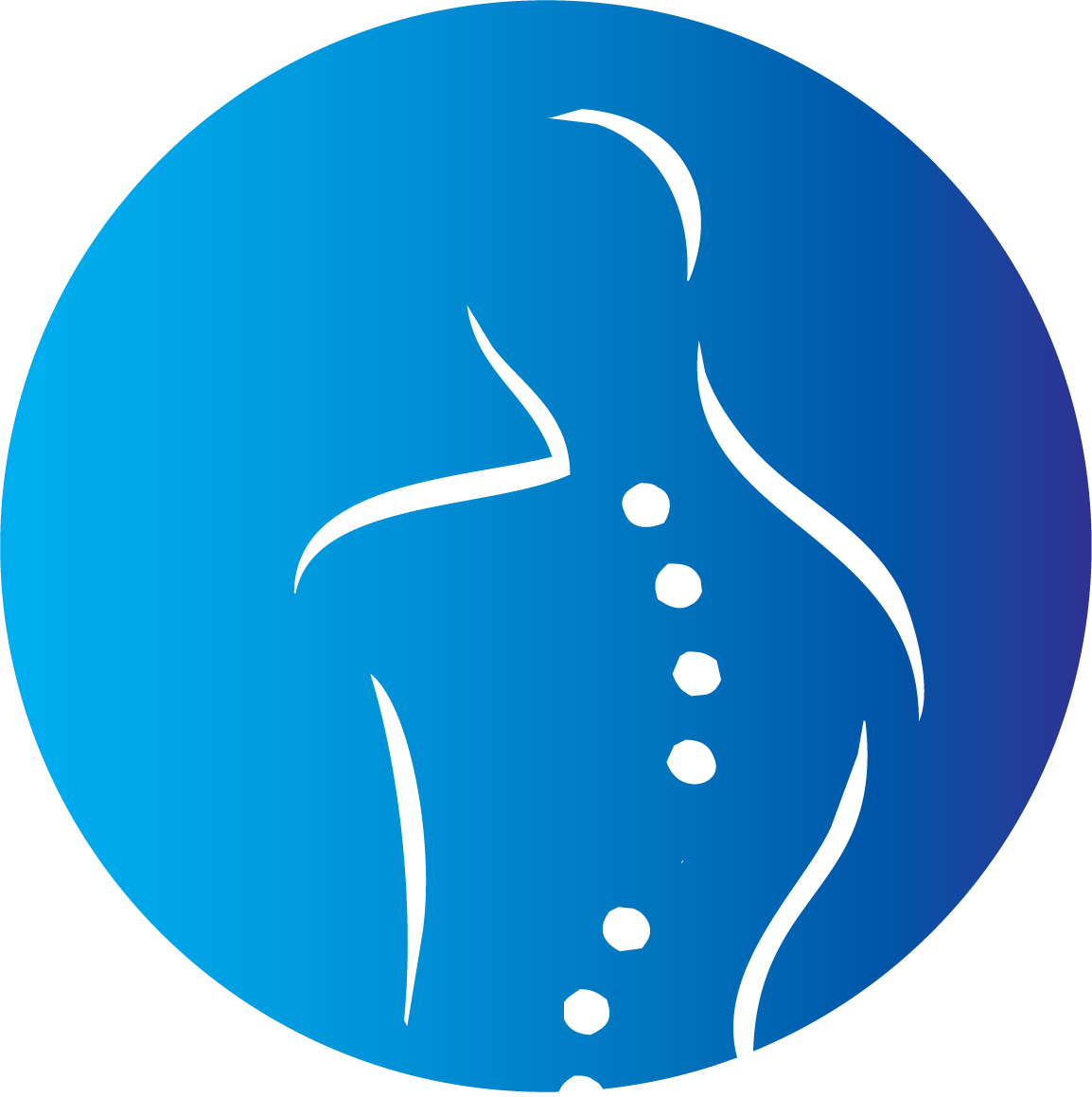
Why this matters now!
Your teens and early 20s are when you “bank” most of the bone you’ll use for the rest of life. Roughly 40% of bone mass is built during adolescence, ~90% by age 18, and peak bone mass is reached in the late teens to 20s—making the early years non-negotiable for lifelong skeletal strength. (PMC, ScienceDirect)
What’s driving the trend
1) Fad diets, ultra-processed foods, and low protein
- Media-driven diet trends can shortchange protein, calcium, and vitamin D—nutrients essential for bone formation and muscle repair. Recent analyses link ultra-processed food (UPF) patterns with lower bone accrual and strength in youth. Higher habitual protein intake, meanwhile, shows positive associations with femoral BMD in adolescents. (PMC, BioMed Central, PubMed, Nature)
2) Indoor lifestyles and vitamin D gaps
- Adolescents show some of the highest global rates of vitamin D insufficiency—worsening in winter and with more time spent indoors—compromising calcium absorption and bone mineralization. (PMC, ScienceDirect)
3) Sedentary screen time, posture, and pain
- Prolonged sitting and device use (especially looking down at phones) are now tied to higher risk of neck pain, and screen-centric sedentary behavior is associated with lower regional BMD in youth. Poor posture plus low movement = sore necks/backs today and weaker tissues tomorrow. (BioMed Central, BioMed Central)
4) Sleep debt
- Emerging adolescent data suggest a “sweet spot” for sleep: both too little and too much—especially with poor quality—associate with lower bone strength. Most teens need 8–10 hours with regular timing. (PMC, RePORTER)
5) Mental health, eating disorders & REDs
- Anorexia nervosa and other eating disorders sharply reduce BMD and raise fracture risk. In sport and fitness culture, Relative Energy Deficiency in Sport (REDs)—chronic low energy availability from under-fueling—impairs bone formation in both males and females. (PMC, Oxford Academic, PubMed)
The healthy-bones playbook for the young
Nutrition (daily targets & habits)
- Protein: Aim ~1.2–1.6 g/kg/day (spread across 3–4 meals/snacks with ~20–30 g per eating occasion). Observational data in US teens show higher protein aligns with higher femoral BMD. Pair protein with resistance training for muscle and bone synergy. (PubMed)
- Calcium: Teens/young adults need ~1,300 mg/day from dairy/fortified plant milks, small fish with bones, tofu set with calcium, dark greens, and fortified foods.
- Vitamin D: Prioritize safe sun plus foods/supps to meet age-appropriate intakes; high adolescent deficiency rates justify attention, especially in winter or with indoor lifestyles. Follow current guidelines and test if you have risk factors (dark skin, minimal sun, covering clothing, or symptoms). (ScienceDirect, Frontiers)
- Whole-food pattern: Minimize UPF (fast foods, packaged snacks, sugary drinks). Observational and review data connect higher UPF exposure with lower BMD/strength in youth. (PMC)
- Micronutrient basics: Ensure magnesium, vitamin K, and adequate omega-3/healthy fats—balanced fatty acid intake supports adolescent bone mass. (Frontiers)
Training (build bone while you can)
- Impact + strength are king. High-impact jumps, sprints, court/field sports, and progressive resistance training increase adolescent BMD at the spine and hip. Target: 3 sessions/week of impact or plyometrics (e.g., 10–15 minutes of jump sets) plus 2–3 full-body strength sessions. Keep daily step counts up and break up sitting every 30–60 minutes. (PubMed, peerj.com)
Posture & screen hygiene
- Phone posture: Raise screens to eye level, use both hands, and avoid long “text-neck” sessions.
- Workstation basics: Neutral spine, feet flat, hips and knees ~90°, forearms supported, top of screen at or slightly below eye level.
- Movement snacks: 1–2 minutes of shoulder blade squeezes, thoracic extensions, and chin tucks each hour. These changes cut strain and may reduce neck-pain risk associated with long sedentary bouts. (BioMed Central)
Sleep for skeletons
- 8–10 hours/night for teens; 7–9 for young adults, on a regular schedule. Avoid heavy late-night training or large meals right before bed; limit evening caffeine and blue light. Sleep regularity and quality matter for bone. (PMC)
Mental health & safe fueling
- Red flags: rapid weight loss, missed periods/low testosterone, stress fractures, fatigue, hair loss, dizziness, obsessive food/exercise rules.
- If sport-active: Screen for REDs using validated tools (IOC REDs CAT2) and involve a clinician, sports dietitian, and mental-health professional early. (stillmed.olympics.com)
- Eating disorders: Early treatment protects bone. If you or a friend needs help, reach out to local services or 24/7 helplines (international directories exist if you’re unsure where to start). (BioMed Central)
The Bone-to-Muscle Ratio Problem
One emerging concern is the mismatch between bone and muscle development. With sports, gym culture, and even everyday activity, young people often gain muscle strength faster than their bones can adapt. Muscle tissue responds quickly to training and nutrition, but bone builds at a slower pace. This creates an imbalance in the bone-to-muscle ratio, where muscles exert greater forces than bones are structurally prepared to handle. The result? A higher prevalence of stress fractures and overuse injuries—particularly in athletes, dancers, and fitness-focused Gen Z individuals. Addressing this requires not just building muscle, but also actively stimulating bone with impact-loading activities, sufficient calcium/vitamin D, and proper recovery time to allow skeletal tissue to keep pace.
A simple weekly blueprint
- Most days: 8–10k steps + mobility (5–10 min).
- 3×/week: Impact blocks (e.g., 3 sets × 10–15 countermovement or drop jumps, 48–72 h apart).
- 2–3×/week: Strength training (squat/hinge/push/pull/carry; 2–4 sets each, progressive loads).
- Daily nutrition: Protein at each meal/snack; calcium-rich foods; vitamin D source; mostly minimally processed foods; hydrate.
- Nightly: Sleep 8–10 h (teens) with consistent bed/wake times.
When to consider screening or a clinical check
- History of low-energy fractures, recurrent stress injuries, amenorrhea/low testosterone, diagnosed ED/REDs, chronic GI issues or restrictive diets, long indoor seasons (winter/smog, night-shift study), or persistent neck/back pain despite ergonomic fixes and movement. Your clinician may consider labs (vitamin D, iron, thyroid, celiac screen if indicated) and, in select cases, bone density (DXA) per pediatric/adolescent criteria.
Bottom line
Gen Z is uniquely positioned: build peak bone and durable muscle now—or risk a deficit that’s hard to repay later. Prioritize protein + calcium/vitamin D, impact + strength, less sitting + better posture, solid sleep, and mental-health–informed fueling. Small daily choices compound into stronger bones and better movement for decades.
At InsureSPR Health, we believe prevention is power. Whether you’re 18 or 80, knowing your bone density, lean muscle mass, and visceral fat profile helps you make smarter lifestyle choices. Our DXA scans in South Africa provide a gold-standard, painless way to measure bone strength and muscle balance—giving you clarity today and protection for tomorrow.
👉 Book your DXA body composition scan with InsureSPR Health to future-proof your bone and muscle health.
Contact us via www.insuresprhealth.co.za or call us directly to schedule your scan.
Sources
- Peak bone mass & accrual windows. (PMC, ScienceDirect)
- Exercise and adolescent BMD (systematic reviews/meta-analyses). (PubMed, peerj.com)
- Protein intake and adolescent BMD (NHANES analyses, 2025). (PubMed, Nature)
- UPF and youth bone health (review; observational data). (PMC, BioMed Central)
- Vitamin D status in adolescents; seasonality. (ScienceDirect, PMC)
- Sedentary time & neck pain (2025 BMC Public Health). (BioMed Central)
- Screen time & BMD in youth (observational). (BioMed Central)
- Sleep and bone in adolescence (observational/prelim data). (PMC, RePORTER)
- Eating disorders & bone loss; REDs (IOC consensus/tools; reviews). (PMC, Oxford Academic, PubMed, stillmed.olympics.com)

